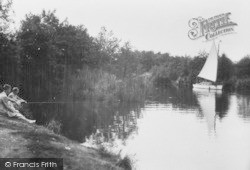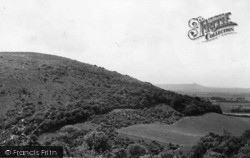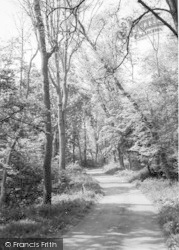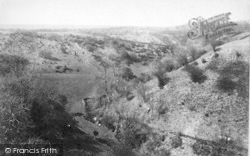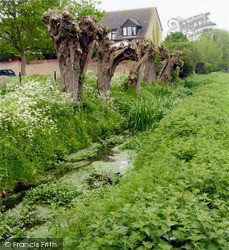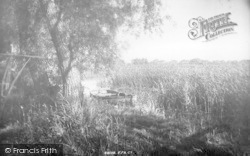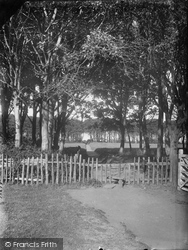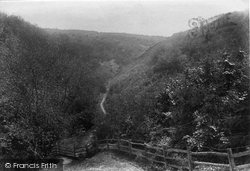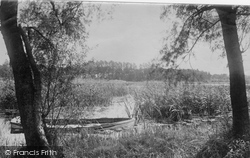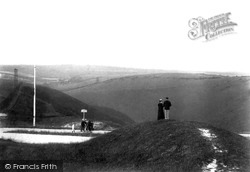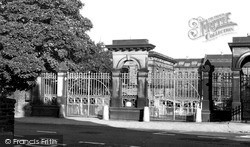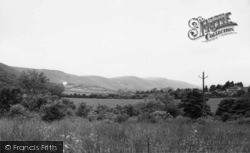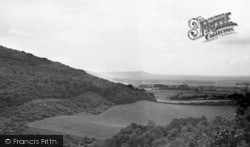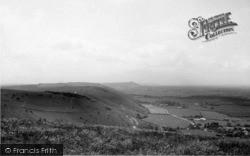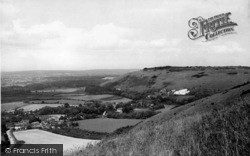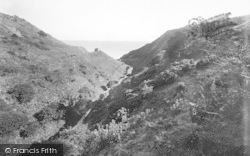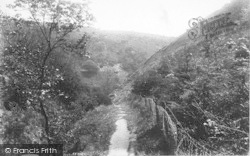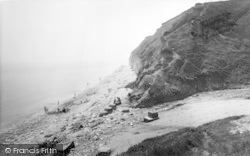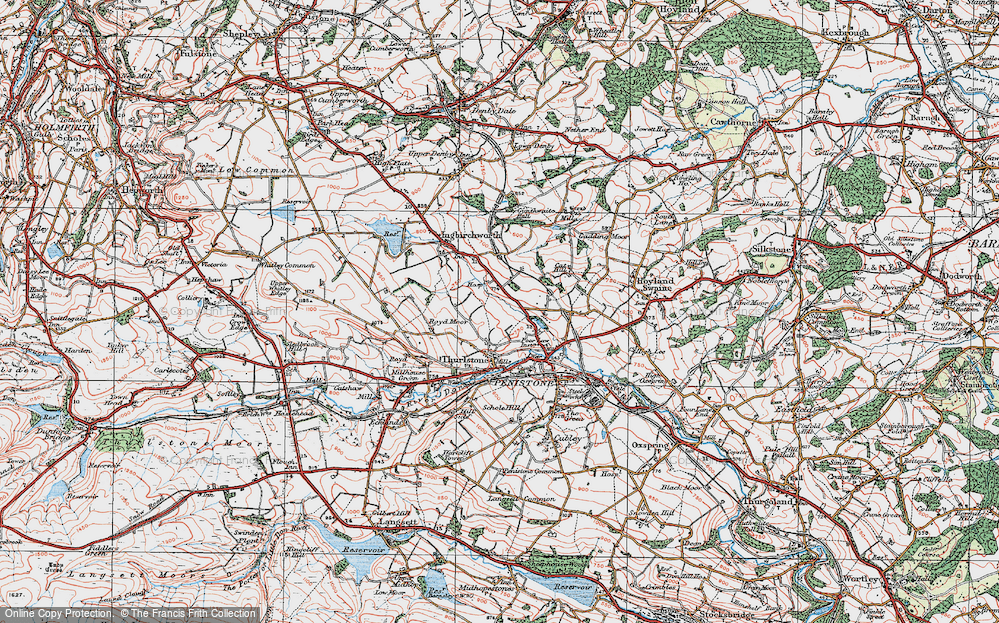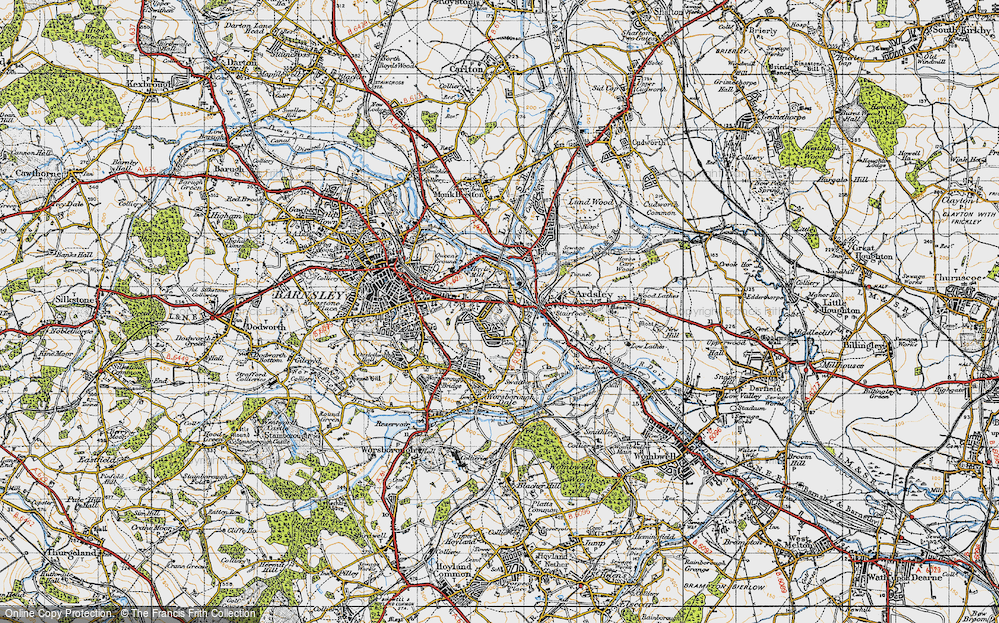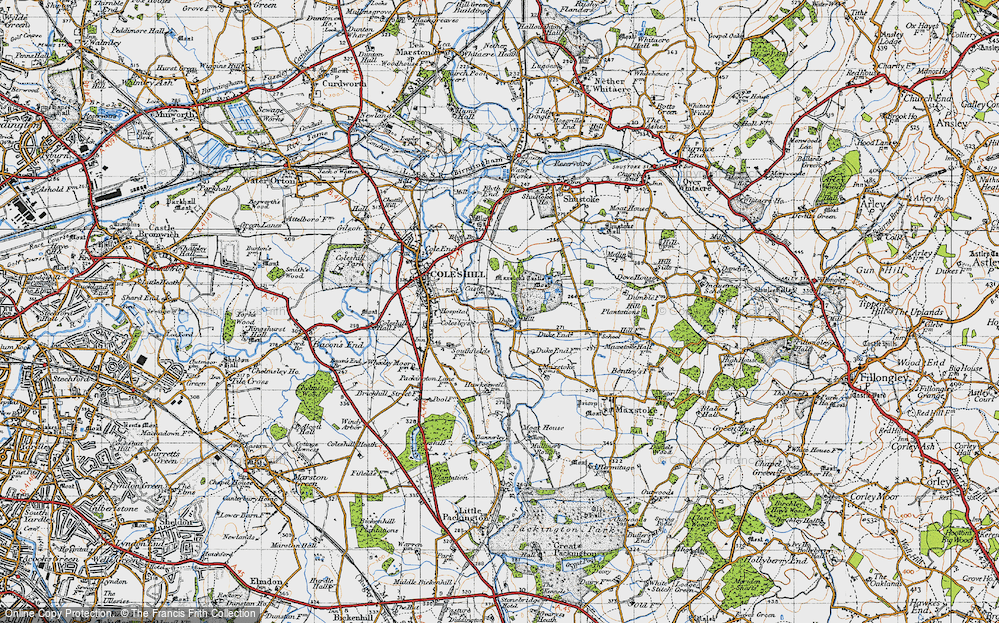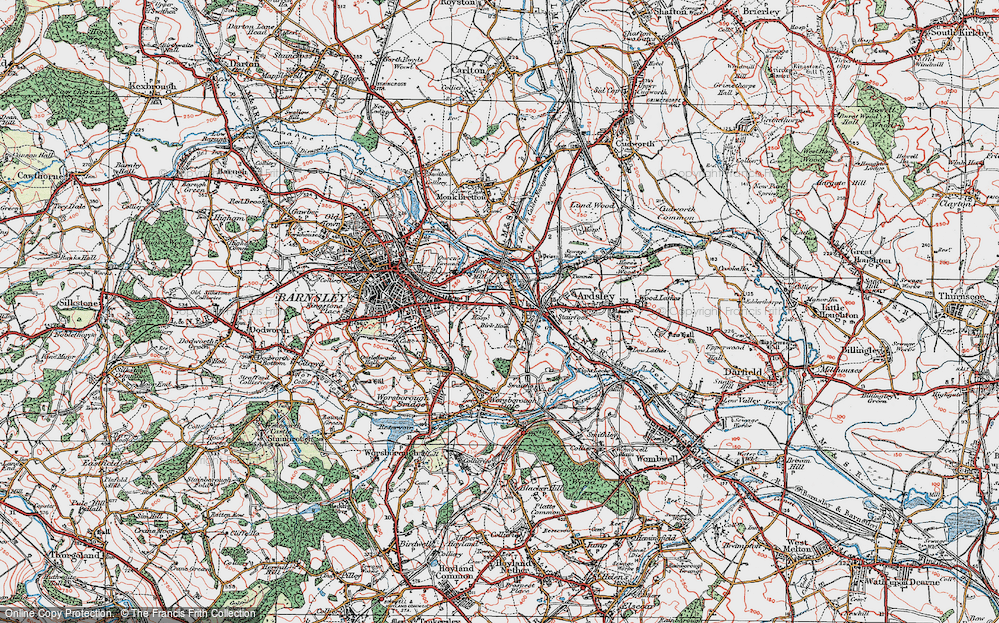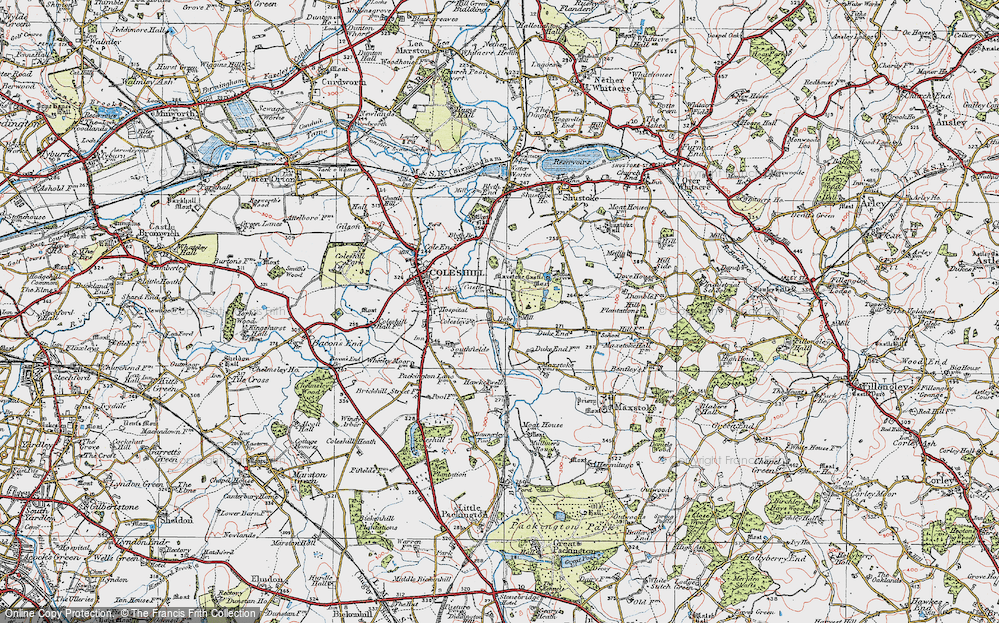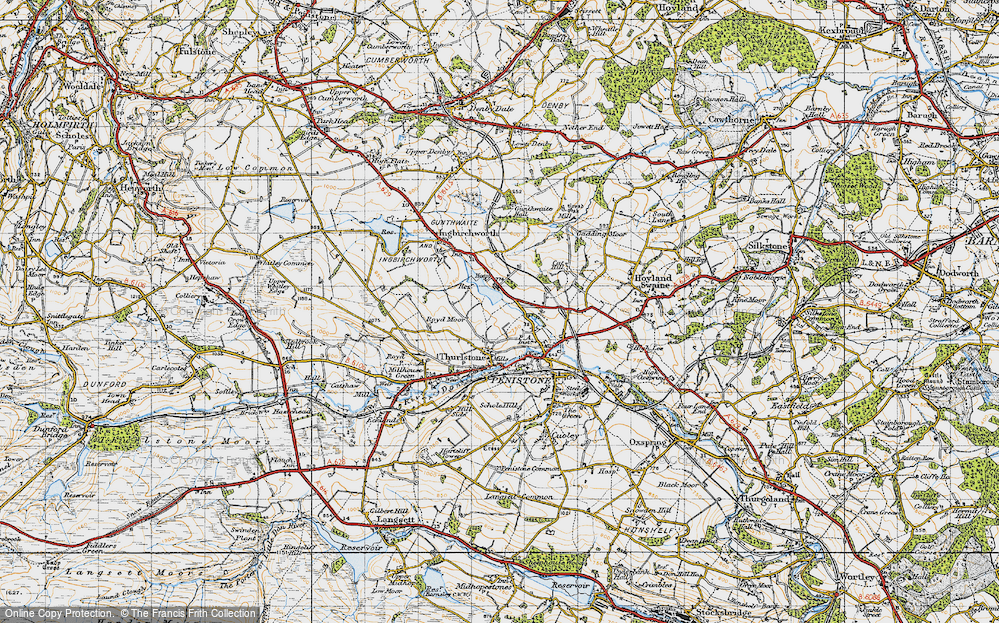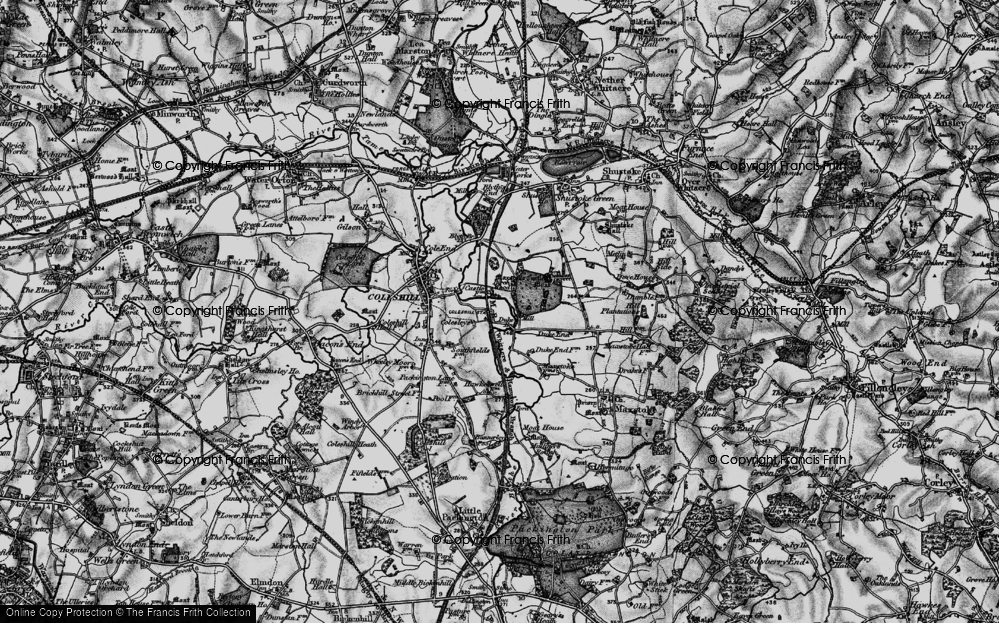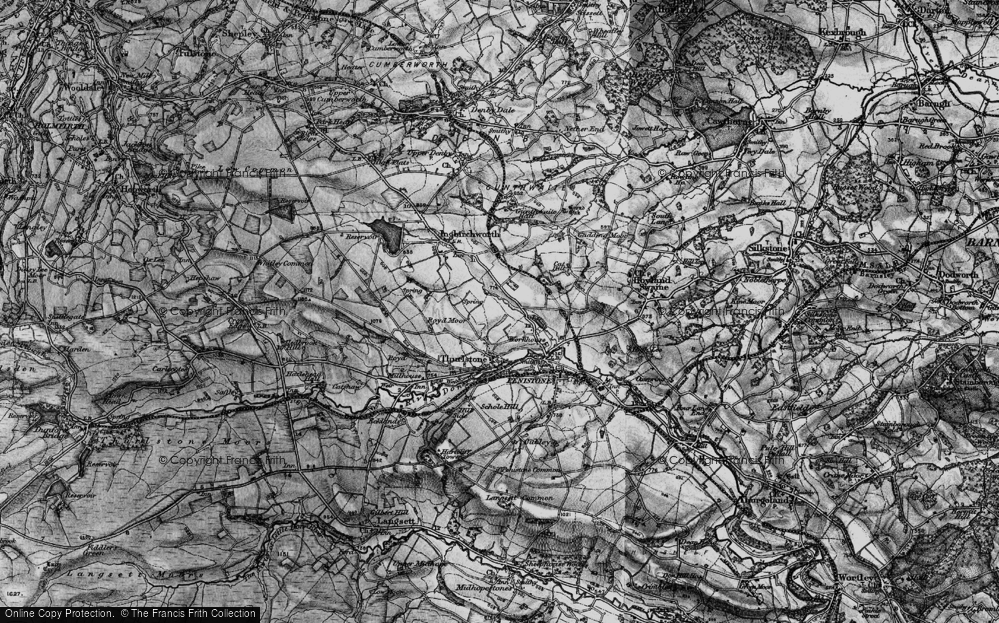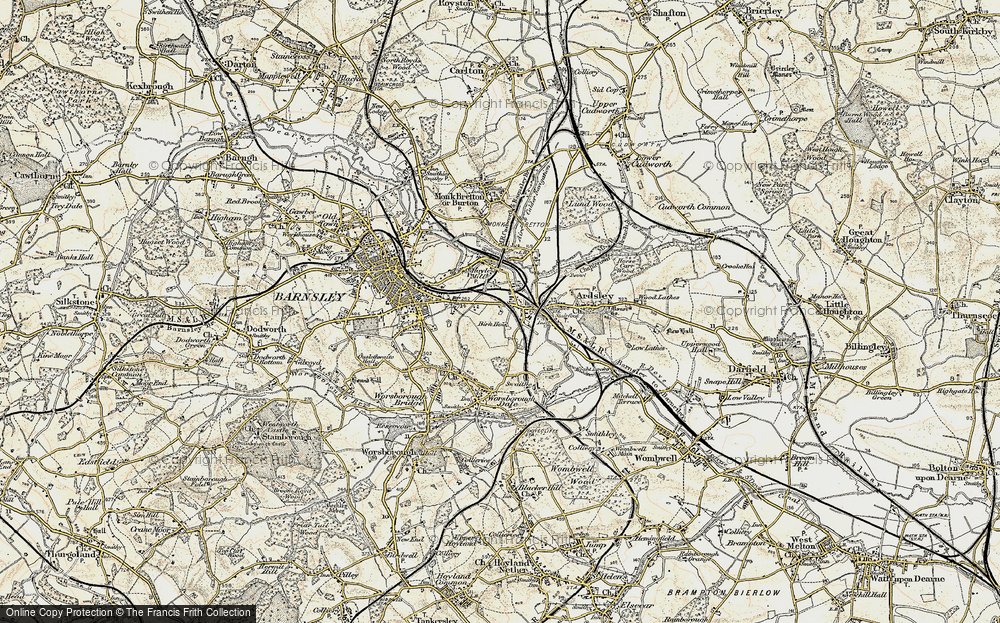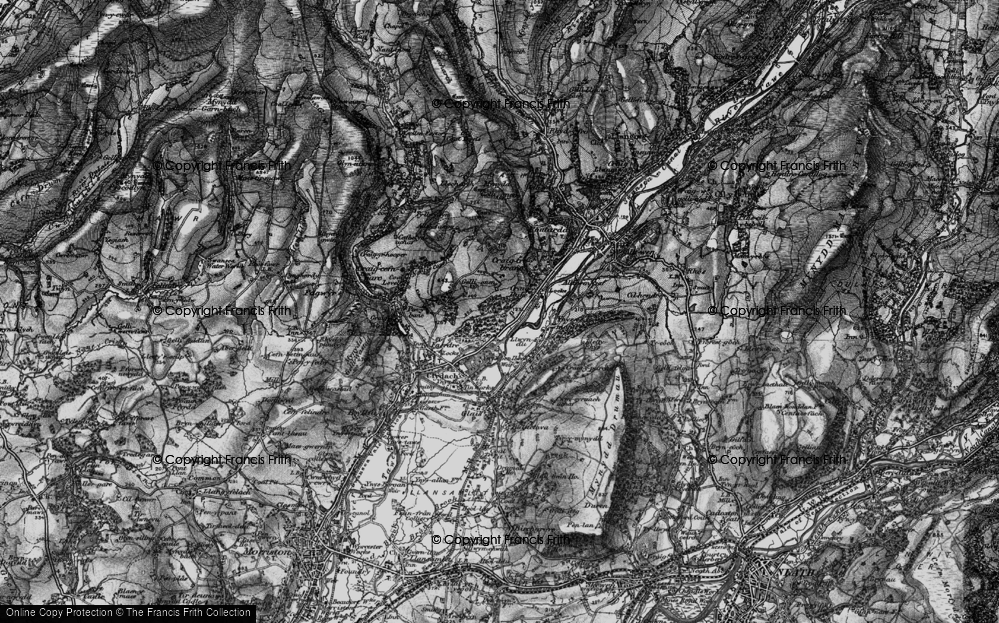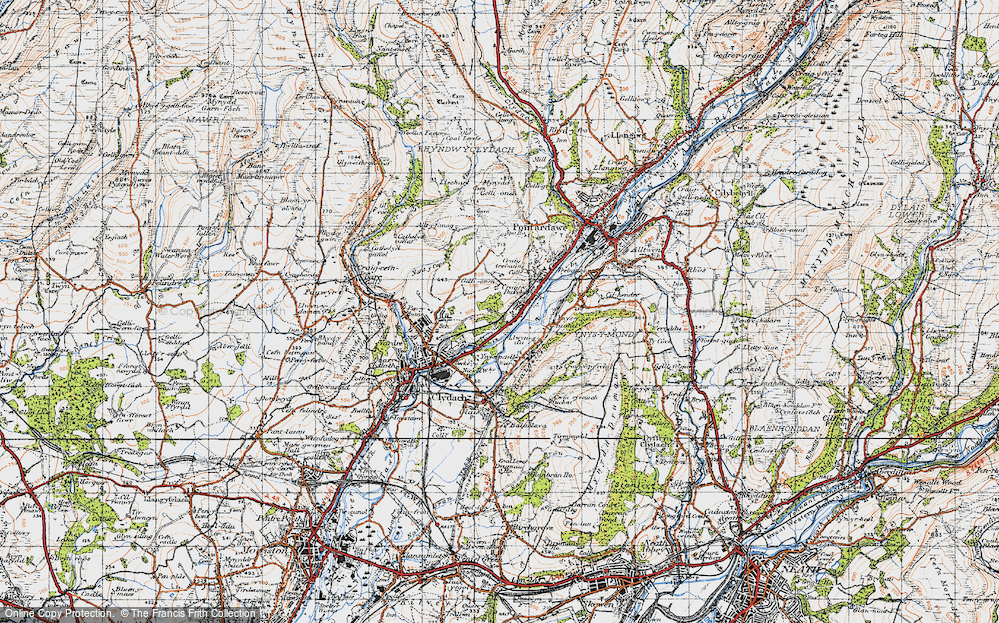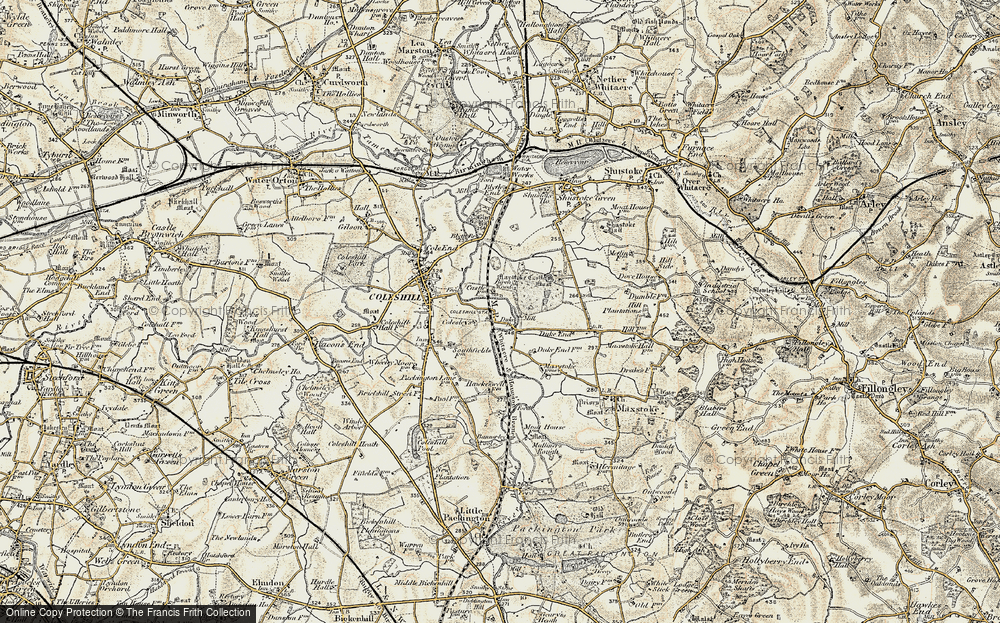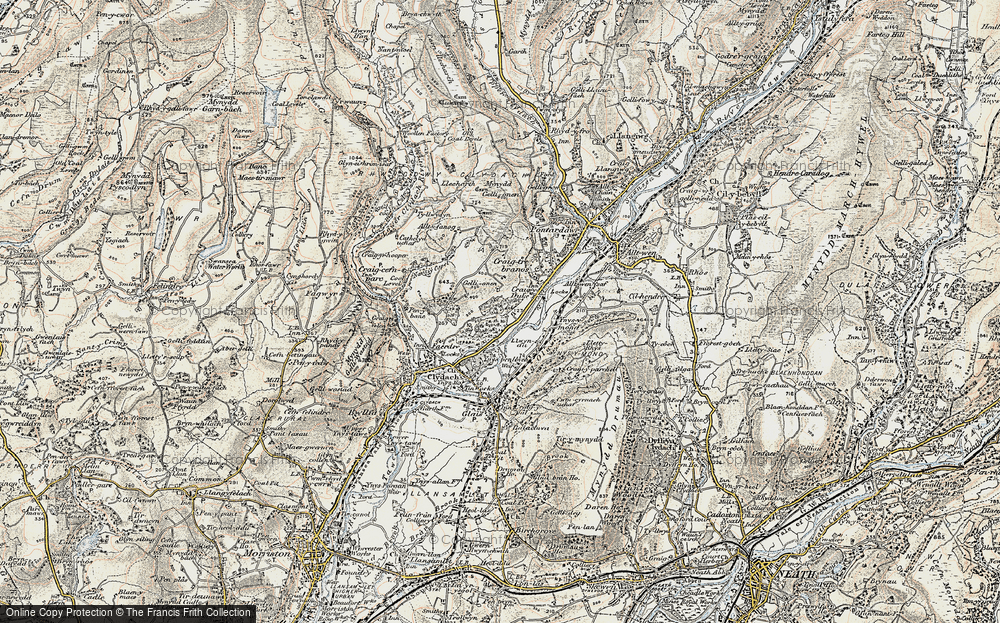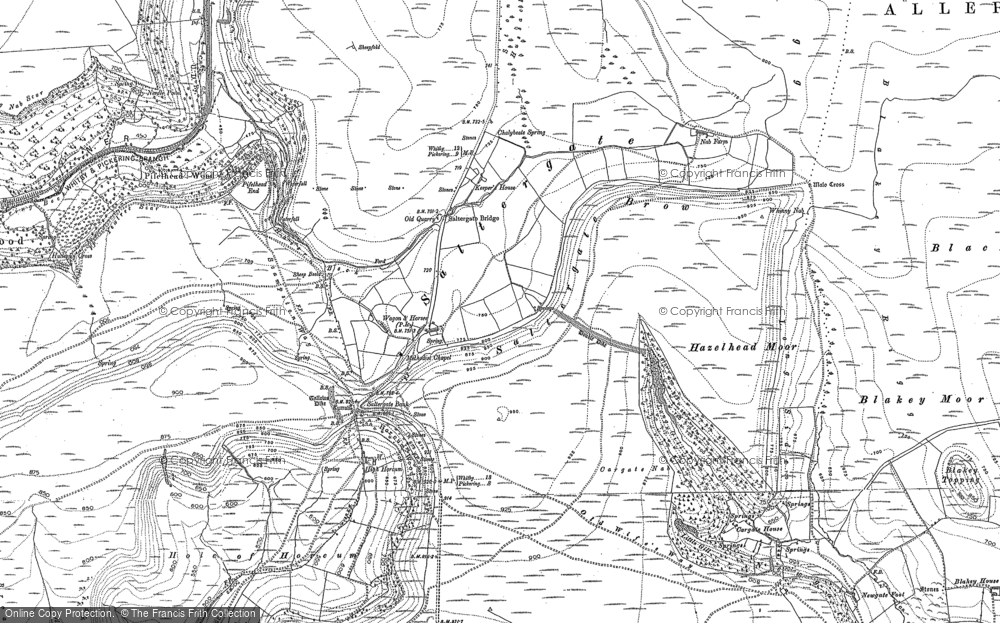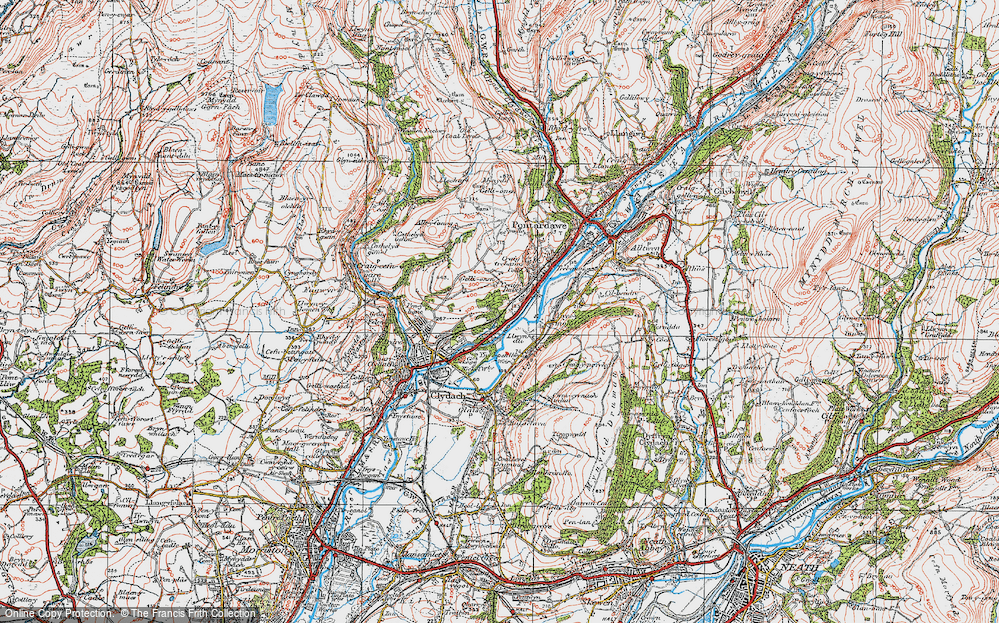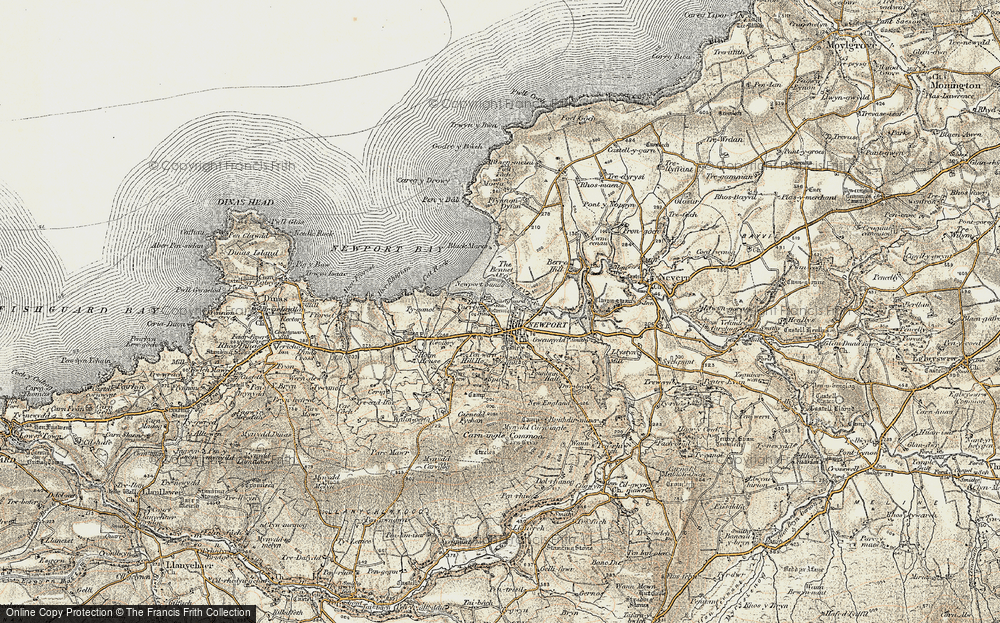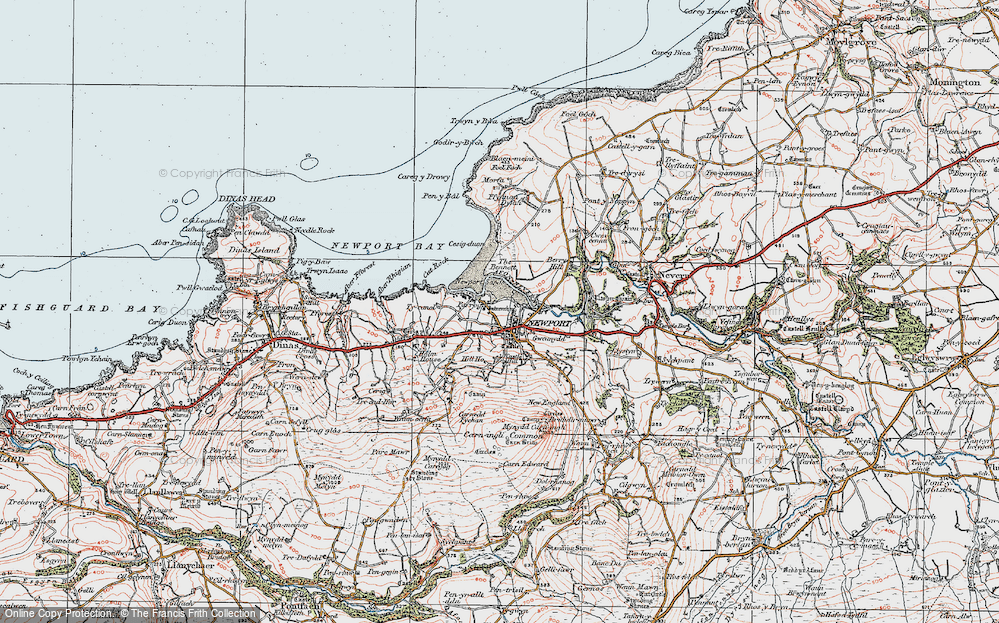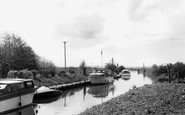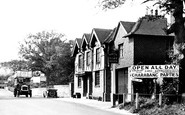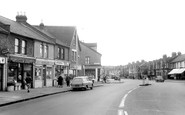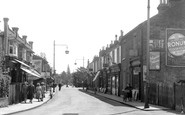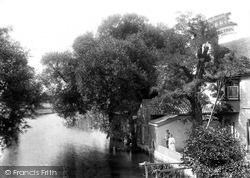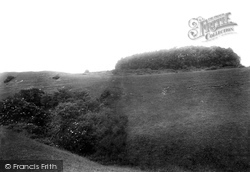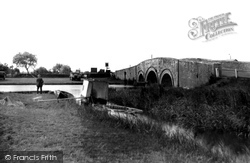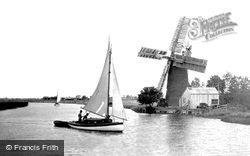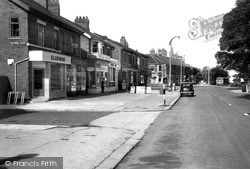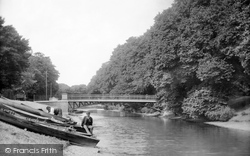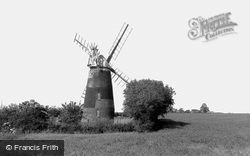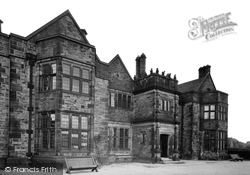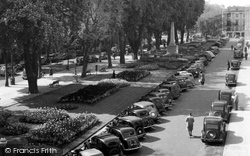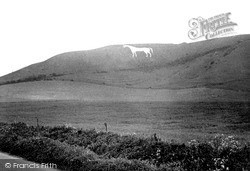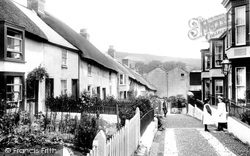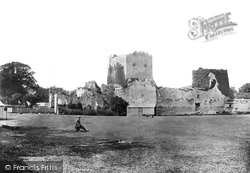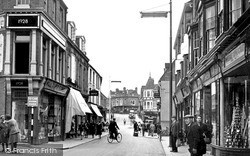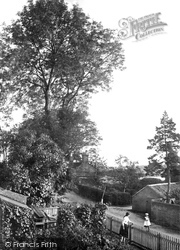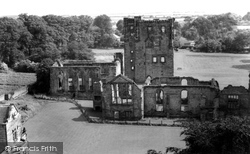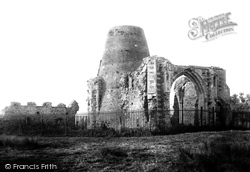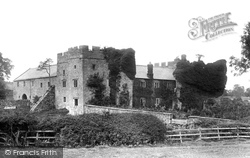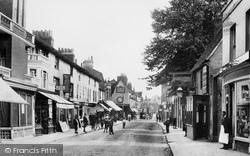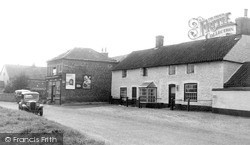Places
9 places found.
Those places high-lighted have photos. All locations may have maps, books and memories.
Photos
89 photos found. Showing results 41 to 60.
Maps
161 maps found.
Books
2 books found. Showing results 49 to 2.
Memories
224 memories found. Showing results 21 to 30.
The Wherry Dyke
The 'Wherry Dyke', Somerleyton, was the home of 'Ripplecraft Co' which built and hired out the Broads Cruisers that the picture shows. It had been owned by Sir Francis Cockeral, inventer of the Hovercraft, who tested his original ...Read more
A memory of Somerleyton in 1960 by
Netherthong In The First World War Part 3
Private John Henry Hoyle was born in Wilson Square in 1879 and he joined the Royal Welsh Fusiliers (Teacher Battalion) in January 1916. He was reported as missing and his body was found on March ...Read more
A memory of Netherthong by
Left And Forgotten
I am now 66 and my memory of beautiful Mile Oak is as clear today as it was 55 years ago. Sadly I was one of them naughty boys (as you villagers branded us). My crime was taking 2/6p off a windowsill back here in Folke stone, one ...Read more
A memory of Mile Oak in 1955 by
Bird Cage
Yes Pete, those were the days. You will remember my brother John Anderson and also Eric Richards who have both been asking if I had heard anything of you as Johnny lives in France and Eric in Germany but they are both on facebook if you ...Read more
A memory of Alnwick by
Ted Turner Was Landlord Here
Ted Turner was landlord here, and his father before him, then Ted went to the Holly & Laurel at Holmwood where my family lived, they had a cottage behind the pub, I think the cottage is still there, there were ...Read more
A memory of Beare Green by
Barking Road, C1965
The photograph on Barking Road c1965 brought back some childhood memories. I was born in Dukes Court in 1955. I can remember the shops in the photo, the Fish & Chip shop, Johns the Greengrocer's, Walkers, Aflecks, the Dry ...Read more
A memory of East Ham in 1965 by
Village People
I remember the people with shops in village. There was Charlie Chants grocers, Hardings stores, real old characters were Jack & Charle Hawkes with their grocery and corn shop. Good old Edger Stagg and his sweet shop. Jack ...Read more
A memory of Stoke Sub Hamdon by
Duke Of Northumberland
On August the 11th 1973 Councillor Conway presented the 10th Duke of Northumberland with the peppercorn rent of a red rose for the use of land near the library on which was the rose park opened July 28th 1956.
A memory of Newburn by
My Memories Of Addlestone
Fashion shows with a cup of tea and a biscuit in the Copop on a Saturday. When I was younger the Co-op ran a sports day and we all got a goody box with cream cakes cakes and a suprise of fruit. We shopped at Parrs at the ...Read more
A memory of Addlestone by
Happy Days In Latimer
It was only two years or so, from 1959-61, aged 6-8, but it still seems as if the happiest period of my childhood in Latimer was one long, endless, glorious summer. My dad was in the army, in the King's Own Scottish Borderers, ...Read more
A memory of Latimer in 1959 by
Captions
379 captions found. Showing results 49 to 72.
Well before the Roman conquest, it had defended the north and east flanks of the capital of Cymbeline's kingdom, while the west flank was protected by a series of dykes and ramparts, some of which
It stands at the junction of two Roman roads, the Ackling Dyke running from Dorchester to Old Sarum, and the Bath to Poole road, although there is still doubt that the latter was ever completed.
It stands at the junction of two Roman roads, the Ackling Dyke running from Dorchester to Old Sarum, and the Bath to Poole road, although there is still doubt that the latter was ever completed.
A hire boat yard now occupies the site around the dyke where the dinghies are moored. The car and charabanc parked on the opposite bank show that Acle was an attraction for trippers between the wars.
The marshland all around, much of it reclaimed from the sea, is dissected by dykes, the grazing parcelled out by ancient custom.
It was once known as Ramper, a high dyke built (along with the draining of Thornton Marsh) to keep back the sea.
The canal also served a second purpose as a defensive dyke, though it is hard to see it as much of an obstacle to an army that would have already crossed the Channel!
Here, at Over, the mill was employed in grinding corn; it should not be confused with many others that were, in essence, used for pumping the drains and dykes.
The house was designed by the eminent architect, Walter Brierley of York (who also designed Dyke Nook, the home of the Blake family on Whalley Road).
High society joined the throng, culminating in the visit by King George III and Queen Charlotte in 1788. The Duke of Wellington came to partake, and recommended the water to his officers.
High society joined the throng, culminating in the visit by King George III and Queen Charlotte in 1788. The Duke of Wellington came to partake, and recommended the water to his officers.
However, the present horse replaced an even earlier one reputedly cut by King Arthur!
This is probably the oldest part of Lyme, being built on land given to Sherborne Abbey in 744 by King Cynewulf, King of Wessex.
This is probably the oldest part of Lyme, being built on land given to Sherborne Abbey in 744 by King Cynewulf, king of Wessex.
The Library was opened on 18 July 1934 by King George V and Queen Mary, who also opened the Queensway Mersey Tunnel on the same day.
Located on a spit overlooking Portsmouth Harbour, the castle was regularly used by kings when visiting Portsmouth. Henry VIII came here with Anne Boleyn.
Mentioned in the Domesday Book and briefly a spa town in the 17th century, Wellingborough was granted market rights by King John in 1201. Cromwell stayed here en route to Naseby during the Civil War.
Horning's legendary Benedictine abbey was destroyed by invaders, rebuilt in splendour by kings, and was not suppressed by Henry VIII.
Probably the castle's most famous, or infamous, owner was William Lord Hastings, who was beheaded by King Richard III in 1483.
The Abbey of St Benet-at-Holm was founded in 1020 AD by King Canute.
The Act of Union ended border warfare and Henry Blencow who lived here was knighted by King James I and became Sheriff of Cumberland.
Lobbying by the Duke of Devonshire and others secured borough status for Eastbourne in 1883 with George Wallis, the Duke's agent, becoming the first mayor.
Duke Street has changed much since this picture was taken in Edwardian days; the photograph itself records a great change from the early Victorian era, when the original Fair Ground in Duke Street
There was a weekly market here, granted to the abbey by King John in 1199: it had fallen out of use by the 16th century.
Places (9)
Photos (89)
Memories (224)
Books (2)
Maps (161)




